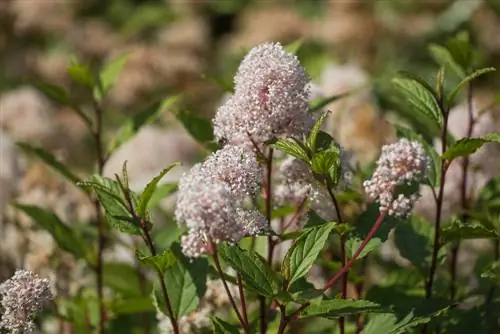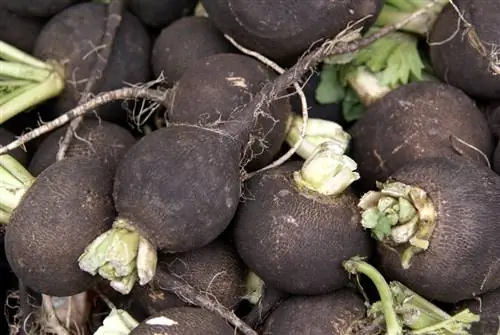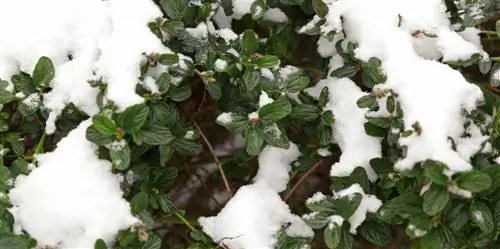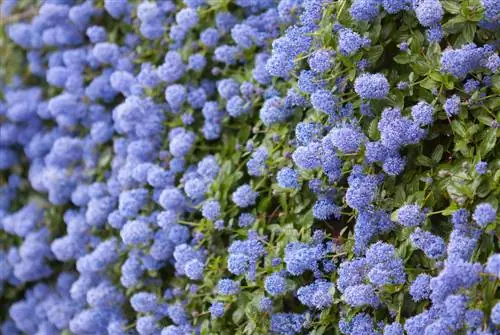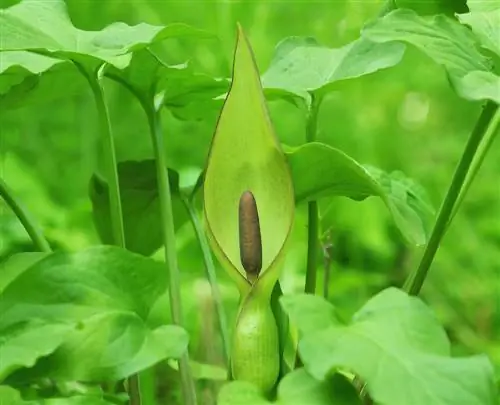- Author admin [email protected].
- Public 2023-12-16 16:46.
- Last modified 2025-01-23 11:21.
The sackflower (bot. Ceanothus) originally comes from North or Central America. There are around 60 different species, some of which were bred as hybrids. Smaller species are very suitable for planting in containers or for a low hedge.
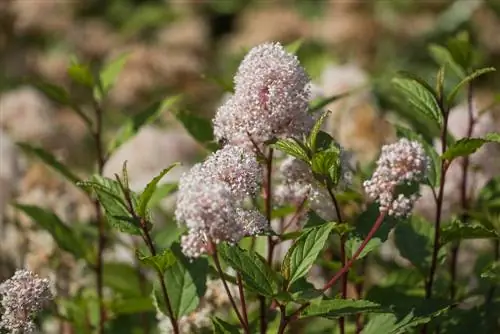
What varieties of the sackflower are there?
There are about 60 species of sackflower (Ceanothus), including hybrids of the American sackflower (Ceanothus americanus) and Mexican sackflower. The varieties differ in height (30-250 cm) and flower colors, such as white, pink, violet and various shades of blue. The blue sackflower (Ceanthus x delianus “Glore de Versailles”) is particularly popular.
What varieties of the sackflower are there?
The American sackflower (bot. Ceanothus americanus) is even said to have medicinal properties as a remedy for the spleen. However, in domestic use it is more of an attractive ornamental plant. It grows in both southern Canada and the eastern United States. The hybrids were bred from the American and Mexican jackflowers. What is more interesting, however, is the division according to size or flower color.
What flower colors are there?
The blue sackflower (bot. Ceanthus x delianus “Glore de Versailles”) is very popular and well-known. It was bred in France specifically for the Central European climate and is a hybrid of the American and Mexican sackflower. For other varieties, the flower colors are white, (dark) pink, various shades of blue and violet.
How and where do I plant a tall sackflower?
The sackflower cannot tolerate cold wind and needs a lot of warmth. Therefore it is ideally placed on a south wall. There you also have a greater chance of surviving the winter, but in a harsh area you will only need winter protection.
Where does a small sack flower feel comfortable?
In principle, a small sack flower has the same needs as a tall growing one, but it takes up significantly less space. You can also cultivate a small variety in a bucket for the terrace or balcony. This means that the sackflower can be easily moved to a suitable winter quarters after flowering and pruning.
The low varieties of the sackflower are also well suited for a flowering hedge. However, you should make sure that you buy a winter-hardy variety. In a harsh area, the hedge could otherwise freeze if you do not install winter protection.
Distinguishing features:
- Growth height: between 30 and 250 cm
- Flower colors: white, various shades of blue and pink, violet
Tip
It is best to plant a tall-growing sackflower in the windbreak of a wall or on a house wall, where it blooms more luxuriantly.

